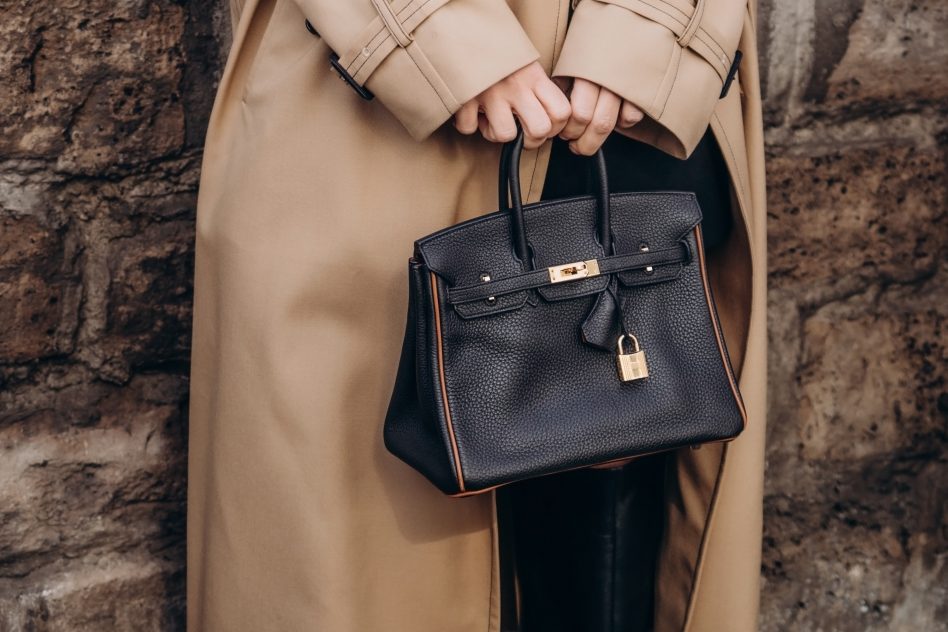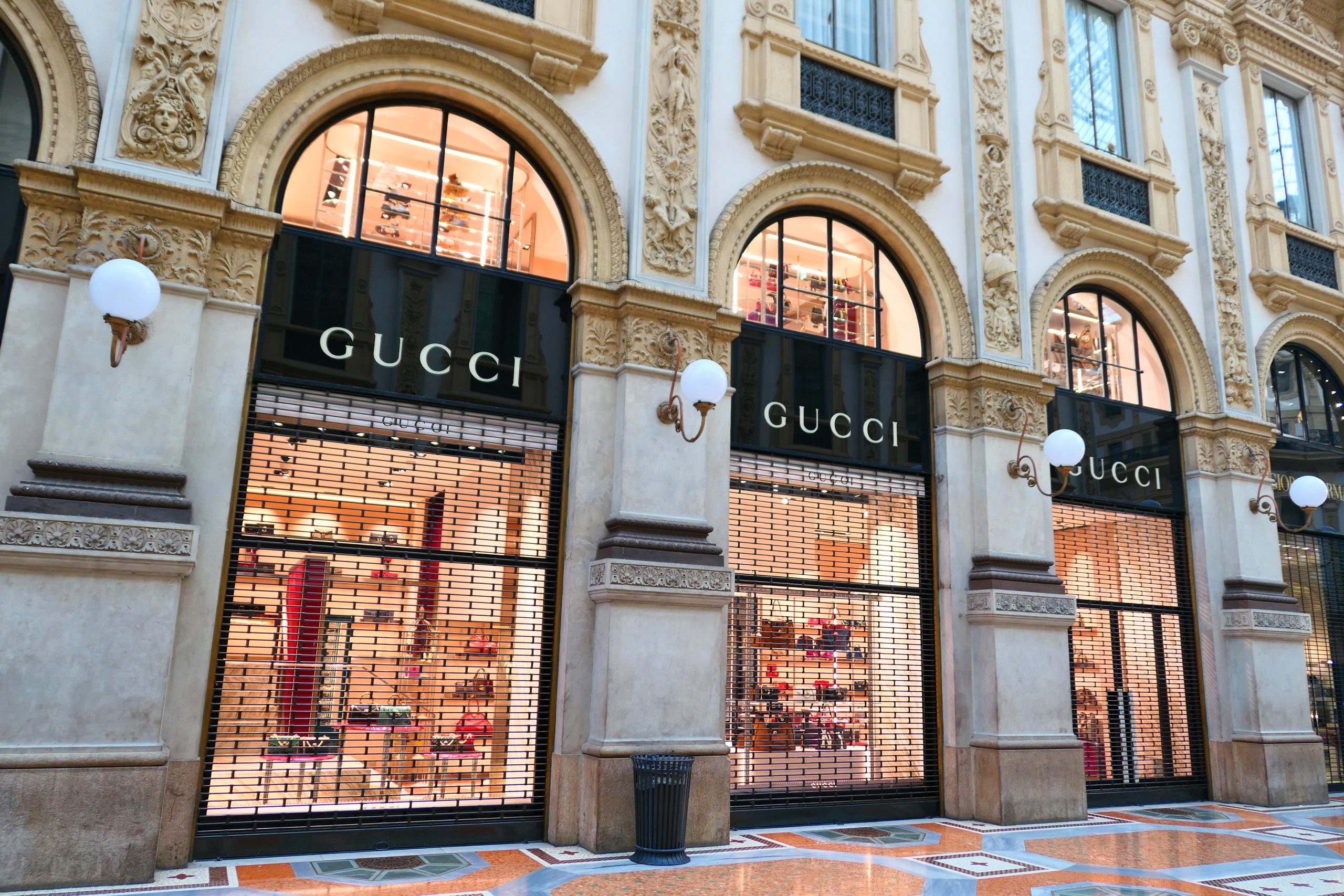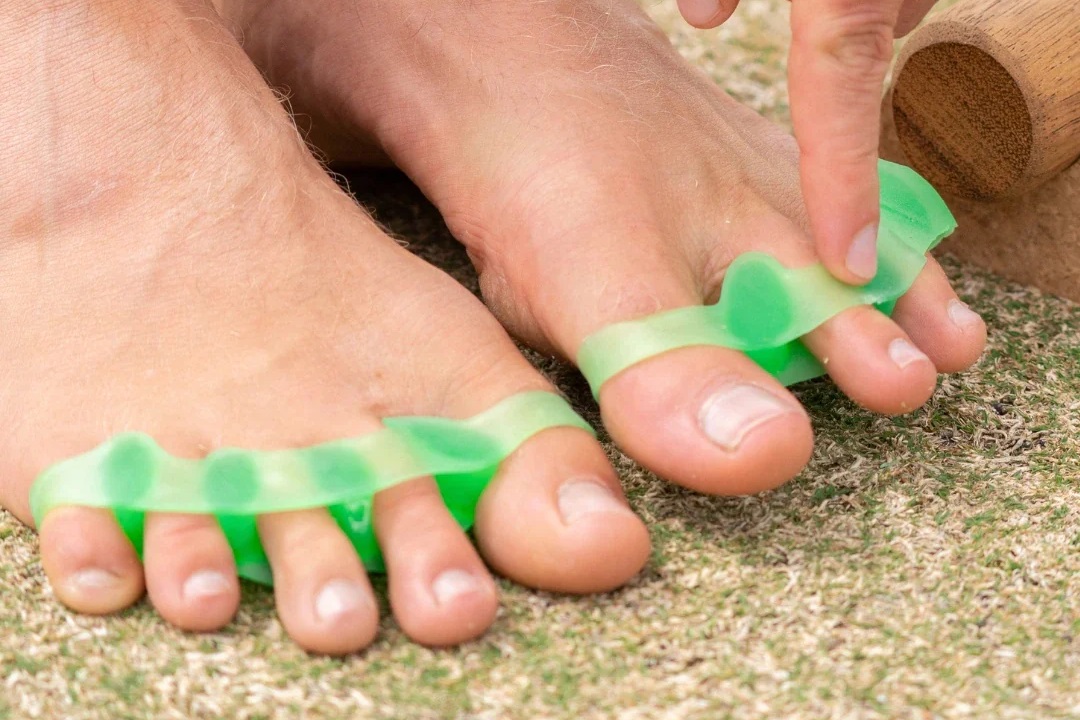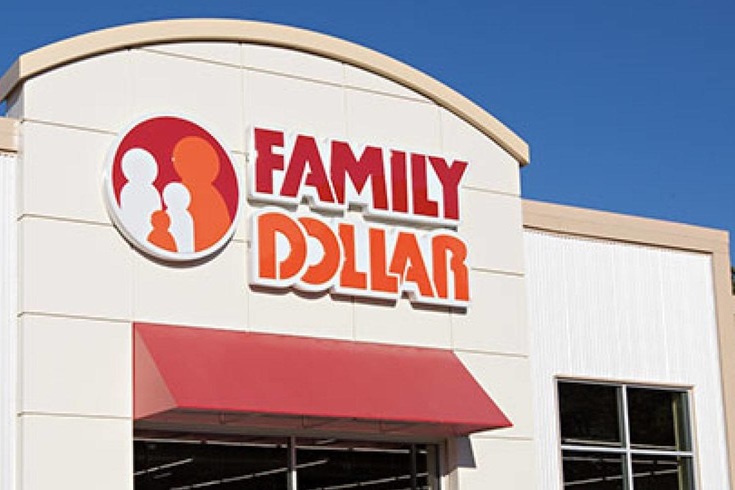
Image: A Hermes Kelly handbag. Source: photo-lime/Shutterstock.com
The big luxury brands might not like it, but there is pretty much nothing they can do to stop the thriving online second-hand market from selling their used wares.
The luxury goods market, such as designer clothes, watches, handbags, and other items, are estimated to have sold over $1 trillion through online outlets since 2020. Some of it ended up getting resold on the second-hand market. Thanks to the growing popularity of online resellers and marketplaces, thousands of people are able to resell their used luxury goods for cash, which would otherwise just be lying idle in their closets.
In 2023 alone, it was calculated that close to 50 billion dollars worth of second-hand luxury merchandise was sold across the world. Since 2020, the market for resale goods has risen dramatically and is now believed to account for around 12% of all luxury goods sold on the market.
This figure is now significant enough that designer brands are beginning to have reasonable concerns for their businesses. Not only is it starting to hurt their profit margins, but they are also worried that counterfeit goods may be mistaken as genuine articles on these websites and hurt their brand’s reputation as a result.
Another disapproval of these luxury companies – to whom prestige and reputation are practically everything – is just how simple it now is for customers to see on these websites which products keep their value upon resale and which ones don’t.
Even though some luxury labels often enjoy inflated resale values through their own official outlets, as customers are willing to pay more to avoid waiting lists, on average handbags made by companies such as Louis Vuitton and Christian Dior can lose anywhere between 40 – 50% upon resale.
It has now been reported that cunning investors are even purchasing this data from independent resale websites to gain insight into which stocks to buy and which to avoid. This data can also supply vital information on whether new brand makeovers are working or not, or if ad campaigns and marketing strategies are making the desired impact on improving sales.
When it comes to top brands like Chanel, Gucci, Balenciaga, and others, their latest strategies don’t seem to be working. In the case of the latter two, both of which are owned by Kering, the value of each brand significantly dipped in 2023.
Even though this data can prove immensely useful to the savvy investor, owning shares in one of these resale websites doesn’t appear to be financially beneficial, at least not currently. Some of these companies have even seen shares drop by over 90% in recent times.
With all this in mind, luxury brands are now looking at ways to potentially affect the resale values of their goods in the second-hand space. Some brands have even gotten involved directly and established partnerships with some of these resale sites, but nothing substantial has come of it yet.
The only brand to make any real headway so far has been Rolex. Just over a year ago, the famous watch brand based out of Geneva, Switzerland, introduced a certification program for pre-owned watches. So far, this has been met with success and intrigue from shoppers, who seem to be willing to pay more for pre-owned watches that have the Rolex verification over others that don’t.
Although this strategy has worked out well for Rolex in the resale market, the same tactic cannot be applied to clothing and handbag brands. This is mainly because Rolex is a highly expensive, mostly single-selling item, whereas clothing and handbag brands would need to rebuy and resell large numbers of products, to impact profits successfully.
As a result, almost the entire luxury industry is currently barren when it comes to good ideas of how to take advantage of this flourishing resale market. Online shoppers and investors will continue to capitalize on these second-hand deals, while luxury brands will continue wandering how they can earn from secondary market too and meanwhile protecting their brands.

Image: A Hermes Kelly handbag. Source: photo-lime/Shutterstock.com
The big luxury brands might not like it, but there is pretty much nothing they can do to stop the thriving online second-hand market from selling their used wares.
The luxury goods market, such as designer clothes, watches, handbags, and other items, are estimated to have sold over $1 trillion through online outlets since 2020. Some of it ended up getting resold on the second-hand market. Thanks to the growing popularity of online resellers and marketplaces, thousands of people are able to resell their used luxury goods for cash, which would otherwise just be lying idle in their closets.
In 2023 alone, it was calculated that close to 50 billion dollars worth of second-hand luxury merchandise was sold across the world. Since 2020, the market for resale goods has risen dramatically and is now believed to account for around 12% of all luxury goods sold on the market.
This figure is now significant enough that designer brands are beginning to have reasonable concerns for their businesses. Not only is it starting to hurt their profit margins, but they are also worried that counterfeit goods may be mistaken as genuine articles on these websites and hurt their brand’s reputation as a result.
Another disapproval of these luxury companies – to whom prestige and reputation are practically everything – is just how simple it now is for customers to see on these websites which products keep their value upon resale and which ones don’t.
Even though some luxury labels often enjoy inflated resale values through their own official outlets, as customers are willing to pay more to avoid waiting lists, on average handbags made by companies such as Louis Vuitton and Christian Dior can lose anywhere between 40 – 50% upon resale.
It has now been reported that cunning investors are even purchasing this data from independent resale websites to gain insight into which stocks to buy and which to avoid. This data can also supply vital information on whether new brand makeovers are working or not, or if ad campaigns and marketing strategies are making the desired impact on improving sales.
When it comes to top brands like Chanel, Gucci, Balenciaga, and others, their latest strategies don’t seem to be working. In the case of the latter two, both of which are owned by Kering, the value of each brand significantly dipped in 2023.
Even though this data can prove immensely useful to the savvy investor, owning shares in one of these resale websites doesn’t appear to be financially beneficial, at least not currently. Some of these companies have even seen shares drop by over 90% in recent times.
With all this in mind, luxury brands are now looking at ways to potentially affect the resale values of their goods in the second-hand space. Some brands have even gotten involved directly and established partnerships with some of these resale sites, but nothing substantial has come of it yet.
The only brand to make any real headway so far has been Rolex. Just over a year ago, the famous watch brand based out of Geneva, Switzerland, introduced a certification program for pre-owned watches. So far, this has been met with success and intrigue from shoppers, who seem to be willing to pay more for pre-owned watches that have the Rolex verification over others that don’t.
Although this strategy has worked out well for Rolex in the resale market, the same tactic cannot be applied to clothing and handbag brands. This is mainly because Rolex is a highly expensive, mostly single-selling item, whereas clothing and handbag brands would need to rebuy and resell large numbers of products, to impact profits successfully.
As a result, almost the entire luxury industry is currently barren when it comes to good ideas of how to take advantage of this flourishing resale market. Online shoppers and investors will continue to capitalize on these second-hand deals, while luxury brands will continue wandering how they can earn from secondary market too and meanwhile protecting their brands.



